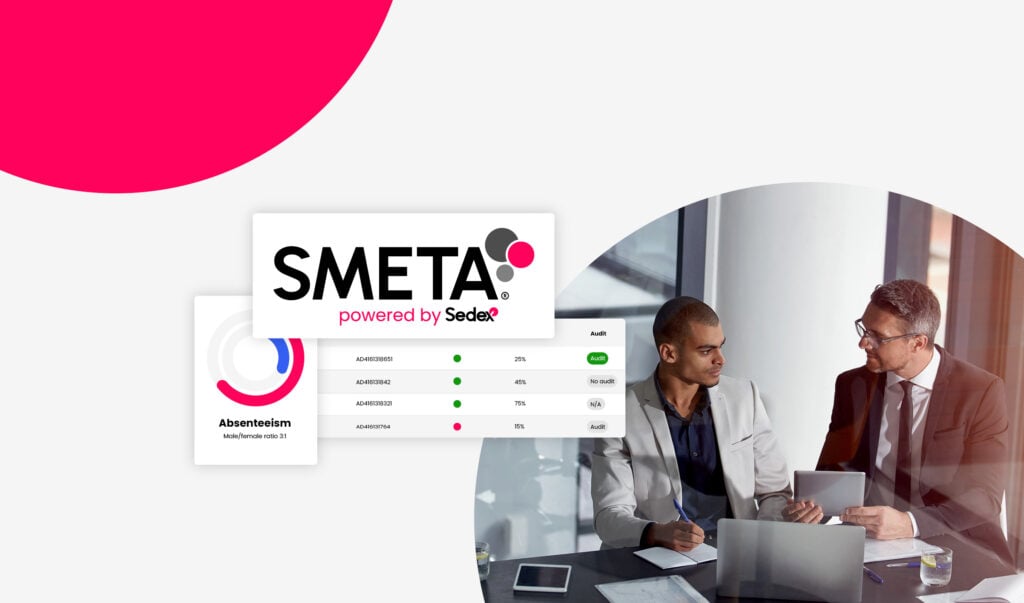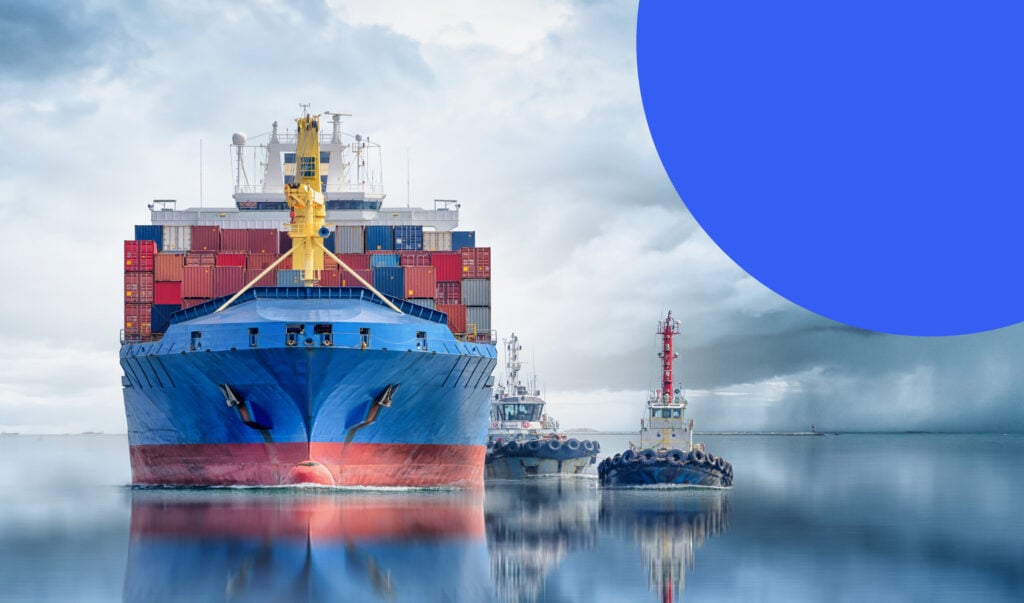5 priority social risks for meeting ESG requirements
As the conversation around environmental, social and governance (ESG) requirements for business evolves, attention on social risks in supply chains is increasing. We highlight five key topics that are highly relevant for ESG risk management and reporting.

We’ve highlighted these as some of the most significant social risks in ESG. This is based on their likely relevance for many supply chains and the potential severity of the associated impact on people.
The benefits of addressing social risks in your supply chain
- Drive positive impacts for workers and communities.
- Build resilience by supporting a healthy, stable workforce.
- Meet legislation on modern slavery, health and safety and human rights due diligence.
- Achieve and show improvements in your company’s performance across social areas, supporting ESG reporting requirements.
- Improve your reputation with investors, consumers and other stakeholders by demonstrating a commitment to socially responsible business practices and effective risk management.
Learn more about how ESG due diligence can save costs and improve supply chain resilience – read our study on making sustainability count.
Data to inform ESG risk assessments
Whether you already have an established risk assessment process or are just starting out, understanding and prioritising ESG risks can be a daunting task. The right tools and data are essential for the risk management and reporting that form part of wider ESG strategies.
Data is a powerful tool for managing any ESG risk, including social ones. Information on the countries and industries in your supply chain is crucial for identifying high-risk countries and sectors. A risk assessment tool, helps sustainability and procurement leaders to do this and prioritise where a company focuses its next steps. Gathering additional information on the people and practices at worksites enables more accurate risk assessments that reflect the differences between worksites.
Five social risks to focus on
1. Forced labour
Forced labour has been in the spotlight in recent years due to an intense focus on modern slavery, including in widespread legislation. However, forced labour is generally hidden due to its illegality, and is therefore hard to identify. So, identification relies on using indicators of extreme vulnerability or exploitative behaviours.
Key sectors at risk for this issue include agriculture, construction, service providers and some forms of manufacturing.
Capture data on: Factors driving forced labour that are linked to vulnerability, such as:
- The nature of an employment relationship (e.g. informal/formal, or temporary)
- How workers are recruited — there is a significant risk of exploitation by intermediary labour recruiters.
- The social and economic status of workers (e.g., migrants and women are typically at higher risk of exploitation).
- Worker isolation.
- Dependence on employer for travel or accommodation.
- Fragile governance in the country of recruitment and/or of employment.
2. Child labour
Child labour is more visible than forced labour and probably more pervasive. Despite global efforts to eradicate it, including many laws on child labour, over 160 million children were estimated to be in child labour in 2020[i] and this is increasing. In supply chains, child labour is most common in upstream production, especially agriculture (particularly smallholders producing cash crops), outsourced production or homeworking, mining (especially artisanal mining) and informal activities like waste picking.
Capture data on: The countries suppliers operate in, at all tiers of a supply chain. Societal challenges like poverty and lack of access to adequate, affordable schooling fuel child labour. Suppliers in countries and sectors with higher poverty and underdeveloped education systems may have increased risks of this.
Sedex’s Risk Assessment tool shows that the risk of child labour is higher in the agricultural sector (6.3) than in the mining sector (5.8).[ii]
3. Discrimination
“Discrimination” in this context is the risk that individuals from a specific group (e.g. women, ethnic or religious minorities, people with disabilities, younger or older workers, people who identify as lesbian, gay, bisexual or transgender) receive negative treatment from co-workers or managers. In more severe cases, they may experience harassment or violence.
Although there is often a strong focus on gender-specific risks, it’s important to identify discrimination risks for all potentially vulnerable people. Vulnerability is intersectional — risks of discrimination often combine with other social and economic inequalities. Gender-based discrimination is a risk in all sectors and countries. Other forms of discrimination often depend on the presence of minority groups, cultural norms or inadequate management practices.
Capture data on: Where workers from a specific group fill most lower-skilled or lower-status positions, or form a small minority of the workforce and are more likely to be isolated. Analysing grievances, including by different worker characteristics such as gender or ethnicity, is also important. This can highlight hidden issues or common concerns, direct or indirect discrimination, among members of the same specific group.
The apparel manufacturing sector is high risk (6.6) for gender discrimination (Risk Assessment tool).
4. Freedom of association
“Freedom of association” refers to workers’ ability to unionise or form worker representative organisations to negotiate employment terms and conditions. Employers may forbid or try to suppress independent worker organisations or trade unions, or discriminate against union members.
In addition to being a fundamental worker right[iii], respecting freedom of association is important in helping businesses build worker engagement to attract and keep skilled, experienced employees. The risk of anti-union attitudes and activity by employers is present across most sectors and countries. It’s highest in countries that don’t allow independent trade unions, or in sectors where there is little history of worker organisations.
Capture data on: Where a supply chain extends into countries with restrictive laws on independent unions, or with poor records of protecting union rights. Look closely at worksites where there are no methods of worker engagement, such as worker committees or adequate grievance mechanisms.
Mining and quarrying is one of the highest-risk sectors globally for freedom of association (Risk Assessment tool).
5. Health, safety and hygiene
Expect even greater attention on health and safety in the future. This issue is now recognised by the International Labour Organization (ILO) as the fifth fundamental principle and right at work. Alongside requirements for businesses to prevent workplace accidents, injuries and disease, there is an increasing expectation for companies to also support workers’ mental health.
While many countries have laws on workplace health and safety, in reality the risks are ever-present. Occupational health and safety hazards are especially prominent in sectors using dangerous equipment or machinery, such as construction, engineering and manufacturing. The risk is also particularly high where legal enforcement is poor, work is more informal or workers don’t receive appropriate safety equipment or training. Health and safety risks typically increase where there is excessive overtime.
Capture data on: The number of accidents, injuries and near-misses that take place at sites in a supply chain. Also look at the health and safety processes and management systems suppliers have in place.
Follow up with onsite supplier audits to verify this information, spot health and safety risks and work with suppliers to help them address these. In 2021 alone, Sedex members resolved over 190,000 health, safety and hygiene issues identified in onsite audits.[iv]
Consider broader risks
There are many more social issues that business activities can affect. Other risks at worksites include excessive working hours and insufficient wages, while community-related risks such as land rights and access to water resources can be particularly significant in certain industries or regions.
To conduct a thorough social risk assessment, it’s important to take a holistic perspective. Consider the risks both within a workplace and in the surrounding communities.
How to begin assessing social risks
ESG risk assessment isn’t a “one-size-fits-all” process. Risks vary significantly by country, by sector and by business. A step-by–step approach could start with:
- Mapping a supply chain.
- Identifying the risks most relevant to the people and industries in this supply chain.
- Assessing the likelihood and potential severity of these risks in the countries within this supply chain.
Sedex’s Risk Assessment tool is a great resource to identify, compare and prioritise social risks.
About Ergon Associates
Ergon Associates is a global advisor promoting respect for labour standards and human rights through supply chains and investment relationships. They provide strategic advisory services and innovative research, and were part of developing Sedex’s Risk Assessment tool.
[i] Source: the International Labour Organization
[ii] Source: Sedex Risk Assessment tool tool, 2023. All insights are based on sectors’ global average risk scores
[iii] Source: the International Labour Organization
[iv] Source: Sedex analysis of SMETA audit findings



